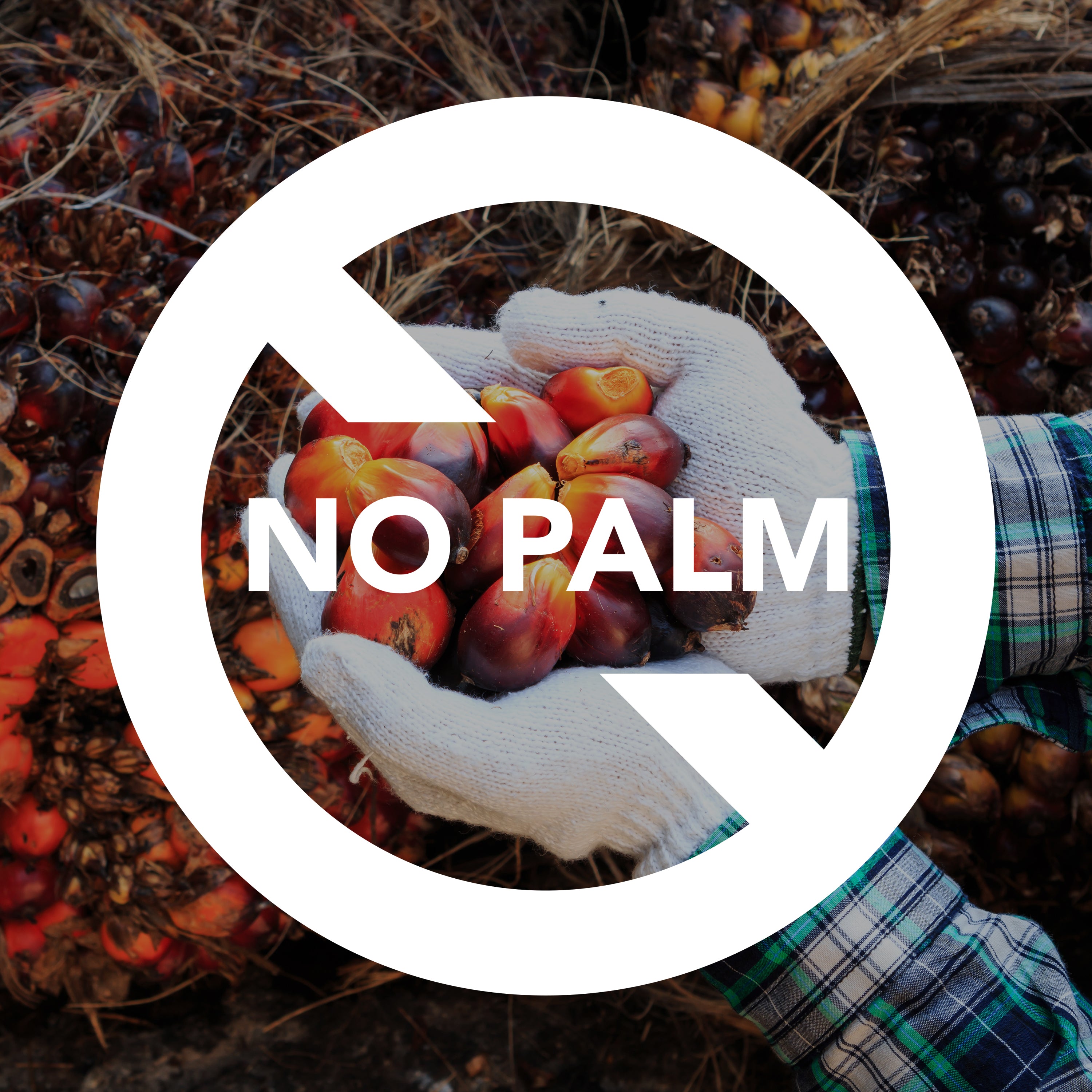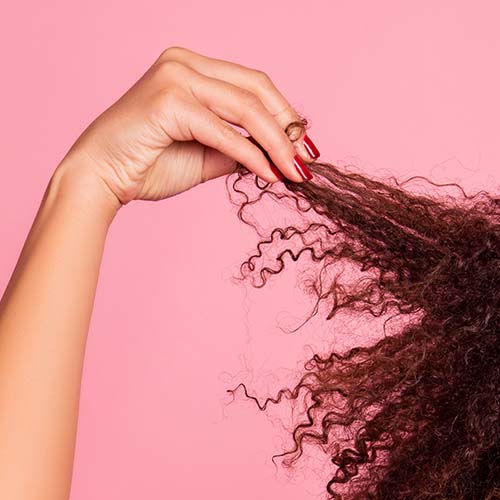There is no such thing as chemical free.
And yet, this is a claim we still see today, on brands that are big enough, and well-resourced enough to know better (though admittedly, it is more likely to be seen from smaller, indie brands).
Concerningly, it appears that consumers are being misled into thinking that chemical free = safe. Much like the idea that natural = safe, this is complete rubbish. But as brands with good reputations are still saying it, consumers are believing it. This is not the fault of consumers.
The reality is that everything on earth is a chemical. You are made entirely out of chemicals. ‘Chemicals’ as a word, is largely unhelpful when it comes to categorizing anything, because it encompasses, well, everything.

The only product that would be chemical free, would be a bottle that had nothing in it. We don’t mean air (as that is made up of chemicals too), we mean nothing. A vacuum.
What they probably mean when they say ‘chemical free’, is ‘nasty chemical’ or ‘toxin’ free. But there is a problem with that too. They are also meaningless terms (like clean beauty...but more on that in another blog post).

The problem is everything on earth can be harmful if it is used in the wrong way, or you are exposed to too much of it.
Water is always a good example of both principles.
Drink a glass of water, it’s good for you. Breathe in a glass of water and you will die. Drink twenty glasses of water in an hour, chances are you will die too. Or at least you’ll be in for a trip to the hospital.
"All things are poison, and nothing is without poison; the dosage alone makes it so a thing is not a poison." - Paracelsus, almost 500 years ago.
Often shortened to ‘the dose makes the poison’, it’s been a well-established fact for hundreds of years that everything can kill you, if you just ingest enough of it. Or rub enough of it on your skin. Or inhale it.
In the top five list of things that are the most toxic on earth – four of them are naturally occurring. Proving, quite definitively, that natural, does not mean safe.
Yes, some things are toxic in astonishingly tiny amounts. You don’t want to spend time around polonium, or botulinum toxin for example. So, let’s not put those in skincare (yes, botox is of course a very, very processed derivative of botulinum toxin and is another example of this concept). But the stuff that is in skincare, hair care, lip products and so on – are all used in amounts that are well under the safe thresholds – and yes, these thresholds account for real world use, i.e. repeated use and exposure across multiple products.
You could argue that this blog post, is taking a marketing phrase too literally, and that no one actually believes that cosmetics can be chemical free. Well, we know that consumers do, because we get asked (a lot). Some people find the cosmetics world quite overwhelming, due to the amount of fear-based marketing and so this kind of stuff is not helping. We try to gently educate everyone so they don’t have to fear something that won’t do them any harm, but fear usually wins.
Brands are responsible for the information they put out there. They have reach and influence over their followers and customers who may not have access to information to fact check. Everyone makes mistakes, but brands need to be transparent, and hold themselves accountable when they do, so that consumers can learn the truth.
At the end of the day, we see this very black and white.
If a brand is selling you something as chemical free, they either:
1 - don’t know that chemical-free is impossible, in which case they have no business formulating or selling products.
2- or, they do know, and they are taking advantage of your fear to sell you something.
Neither is behavior we would like to support.

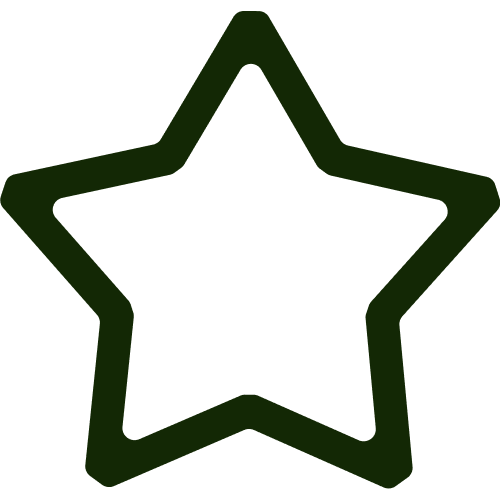 Impact
Impact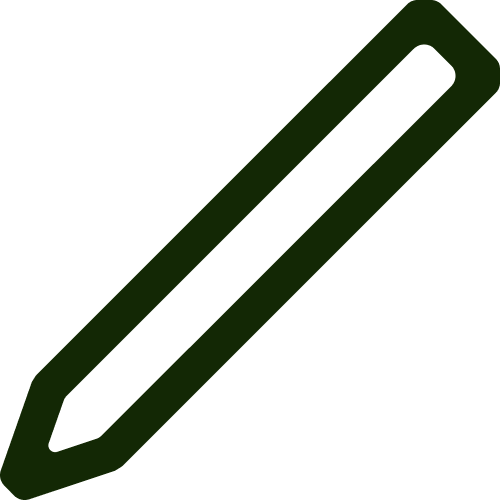 Blog
Blog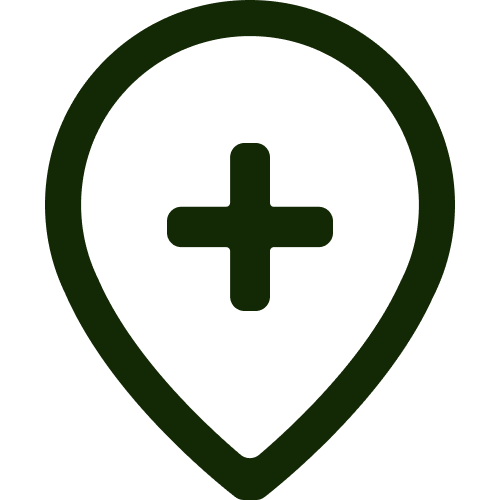 Store Locator
Store Locator
